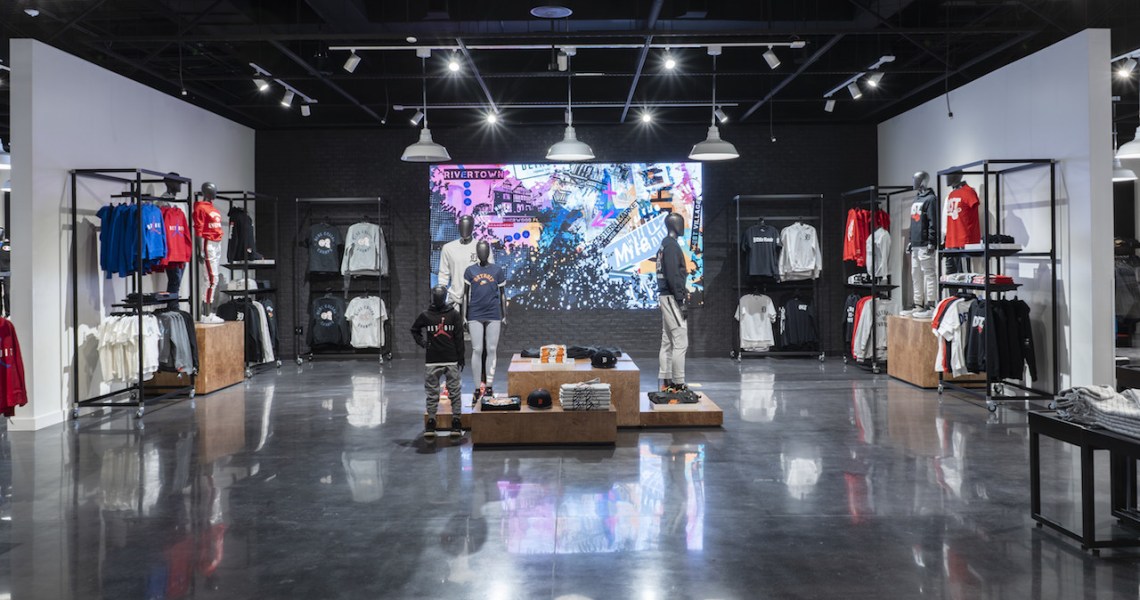Foot Locker’s third-quarter results for the period ending on October 30 were not quite up to what the retailer was hoping to see. Net income was $158 million, far lower than the corresponding period last year which was $265 million, the company announced on an earnings call Friday morning.
CFO Andrew Page blamed the reduced sales on the difficulties of the supply chain issues that have wracked the retail industry through the last year. But CEO Richard Johnson downplayed the company’s performance, highlighting some of the positive numbers the company saw like its margin expansion from 30% to 34% thanks to fewer discounts and more full-price sales.
Page said he “expects global supply chain constraints to persist throughout the fourth quarter; that said, we believe we are positioned for the holiday season, with positive momentum and inventory levels ready to meet customer demand.”
Johnson also said that last year’s back-to-school shopping season was robust, explaining why this year’s period saw much lower sales.
“These impressive top and bottom-line results were against a robust back-to-school season from last year and in spite of the ongoing supply chain challenges,” Johnson said.
But back-to-school spending increased in 2021 overall. The National Retail Federation estimated that 2021 back-to-school retail spending was more than $70 billion while in 2020 it was around $67 billion.
A stronger or weaker back-to-school shopping season is not always a good barometer for overall retail performance, according to Nikki Baird, vp of retail innovation at Aptos
Ad position: web_incontent_pos1
“Usually back-to-school does not necessarily serve as a good predictor for holiday spending,” Baird said. “There’s usually too much time between the two, and weather patterns often have a lot of play in each distinct season, especially for apparel.”
A clearer reason why Foot Locker’s net income was lower than expected was due to increased spending. The company opened 32 new stores throughout the quarter as well as acquiring 93 more through its acquisition of West Coast athletic apparel retailer WSS in September for $750 million. It also acquired atmos, a Japanese streetwear retailer, for $360 million, though that acquisition happened just after the quarter ended and will be reflected in Foot Locker’s fourth-quarter earnings.
Foot Locker also spent more on inventory this quarter, ending with about $1.3 billion in inventory held, 9% higher than last quarter, in anticipation of difficulties securing inventory as the holidays near. As ports around the country remain clogged, spending early on extra inventory is one way companies are preparing for the retail blitz starting on Black Friday and going through to the end of the year.




